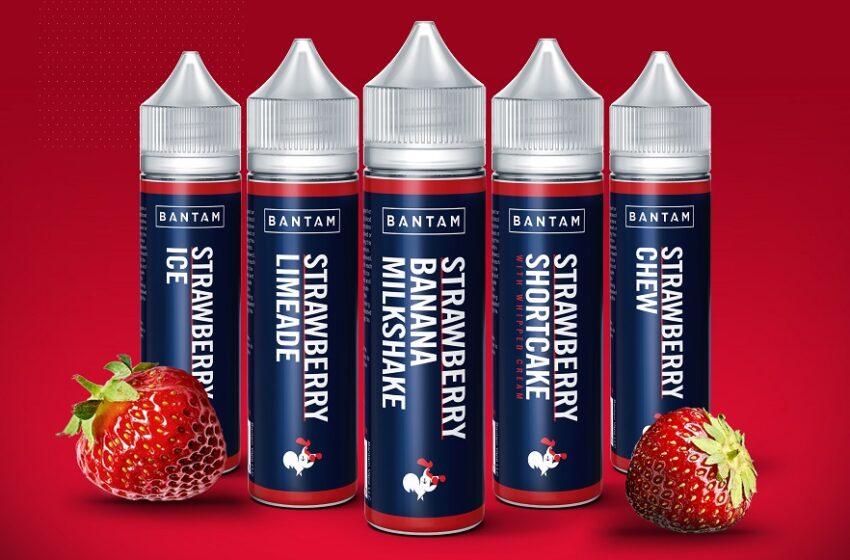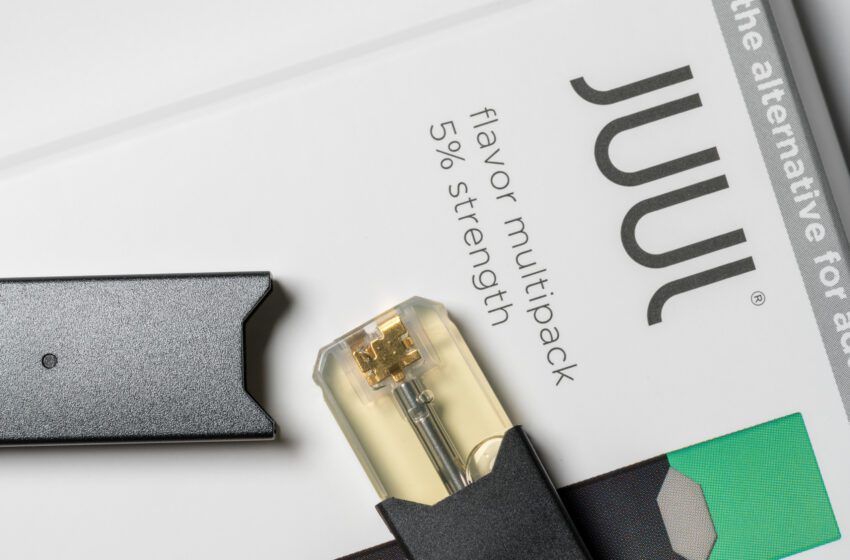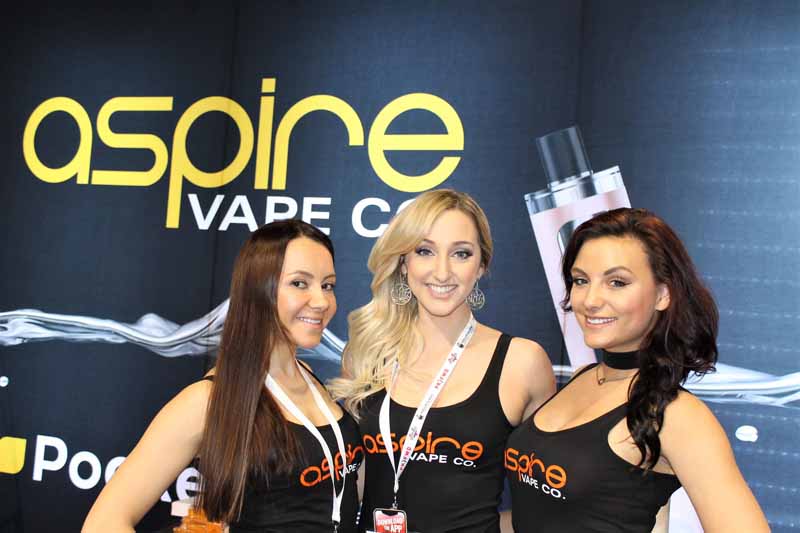What does Gottlieb’s departure mean for the vapor industry? The verdict isn’t in yet, but it’s looking like a blip on the map.
By Maria Verven
It was an announcement that took many by surprise—and may have even brought a glimmer of hope to some. When Scott Gottlieb announced he would be stepping down as commissioner of the U.S. Food and Drug Administration (FDA), it marked the end of a long and heated battle between the commissioner and the vapor community.
While it remains to be seen how this battle will unfold, one thing is for certain: Gottlieb’s departure won’t signal the end. The fight will rage on.
PARTING SHOTS: CHANGING THE COMPLIANCE DATE
Before his departure, Gottlieb made certain he left his imprint on key regulations going forward.
In mid-March, the FDA distributed its “modifications to compliance policy for certain deemed tobacco products.” Citing the “public health threat” from the “epidemic rise in youth use” of ENDS—electronic nicotine-delivery systems such as vaporizers or e-cigarettes—the modifications included changes to both compliance policies and deadlines for e-cigarettes.
The modifications were necessary, the FDA argued, because ENDS pose a greater risk for minors. Thus, the compliance date for submitting premarket tobacco product applications (PMTAs) for ENDS—except for tobacco-, mint- and menthol-flavored products—was moved up one year to Aug. 8, 2021.
After this date, the FDA says it intends to “prioritize enforcement” against manufacturers of flavored ENDS products (except tobacco, mint or menthol products) that have not submitted a PMTA, regardless of any steps the manufacturer took to prevent minor access and appeal.
“By promoting submission of premarket [tobacco product] applications for flavored ENDS products by Aug. 8, 2021, [the] FDA is recalibrating its balancing of public health considerations in light of the public health threats (i.e., underage use).
“This new policy reflects [the] FDA’s balancing of concerns regarding the appeal of certain flavored ENDS products to youth, the potential public health benefit of noncombustible options in helping transition adult smokers completely off of combustible tobacco products, and the uncertainty created by extended availability of these new tobacco products without scientific review and evaluation under the public health standard,” the document states.
THE QUEST TO CURB TEENAGE VAPING
The FDA’s campaign against underage use is being fought on multiple fields. The Smoke-Free Alternatives Trade Association (SFATA) actively supports age restrictions on vapor products. However, it also vehemently opposes what it considers to be misguided efforts that end up prohibiting sales to adults.
“We will actively oppose bills that seek to prevent legal access to our products for adults by raising the legal age to purchase higher than that at which Americans can also enter into legally binding contracts, build financial debt, get married, be drafted into military service or be held accountable for their actions as adults in the courts,” the SFATA’s Age to Vape policy states.
“I am confident that these efforts by the FDA to curb underage vaping will continue, and we support most of them,” says Mark Anton, SFATA executive director. “But our major battle will be fighting off flavor bans and the false notion that flavors are driving youth use. Banning flavors for adults who rely on them would be a bad policy for harm reduction and will devastate the whole industry.”
Last May, the FDA issued 17 warning letters to manufacturers, distributors and retailers for selling e-liquids with labeling and/or advertising that resembled those found on kid-friendly foods such as juice boxes, candy and cookies. Last fall, after conducting nationwide undercover investigations of brick-and-mortar stores and online retailers, the agency issued more than 1,300 warning letters and civil money penalty complaints to retailers that illegally sold ENDS products to minors, as well as 12 warning letters to online retailers that sold e-liquids whose labeling and/or advertising resembled that found on kid-friendly food products.
The FDA also issued letters to five ENDS manufacturers, including Juul Labs, requesting that they submit a plan describing how they would prevent and prohibit use of their products by minors.
Manufacturers described a number of safeguards that would restrict minors’ access to their products, including using independent, third-party age- and identity-verification services using public records or other third-party data sources. Other strategies included limiting the quantity of ENDS products customers may purchase within a certain period of time.
However, proposals that would restrict the type of stores in which ENDS products can be sold fail to meet any fairness test, say industry supporters.
“So long as cigarettes remain legally available to purchase, it is preposterous to force adult smokers to seek out a tobacco or vape shop to buy a product that can help them quit,” says Gregory Conley, president of the American Vaping Association. “Plus, if this policy fails to drastically reduce youth use, the calls for flavor prohibition will only grow stronger.”
THE NUMBERS DON’T ADD UP
At the very heart of the battle is the concern that teenagers are using e-cigarettes. The FDA’s new compliance policy cites the 2018 National Youth Tobacco Survey (NYTS) and a supposed significant increase in youth use of ENDS products, particularly in the past year: “For example, data from the NYTS [shows] that, between 2017 and 2018, current e-cigarette use among high school students increased 78 percent (11.7 percent to 20.8 percent, p<0.05).”
The problem here is that the data doesn’t show that 20.8 percent of high school students are current e-cigarette users. The data shows that 20.8 percent of kids have ever used an e-cigarette. In fact, only 3.7 percent had used an e-cigarette for 20 or more days. And of the students that were polled, 8.9 percent of them were 18 years or older and therefore could legally purchase and use an e-cigarette.
The U.S. Centers for Disease Control and Prevention (CDC) has also sounded what some might construe to be a false alarm on the “epidemic” of teen vaping, citing the same NYTS data. At least the CDC is clear on how it defines “current” use. Buried in their findings is this statement: “Current e-cigarette use was defined as a response greater than [zero] days to the question, ‘During the past 30 days, on how many days did you use e-cigarettes?’”
So with these criteria, a teenager who takes one puff of an e-cigarette at a party one night would be classified as a “current” user.
Another study supposedly focused specifically on youth use of the brand Juul, which currently has the largest share of the ENDS market. Yet the study surveyed participants in a surprisingly wide age range—ages 15 to 34. Still, only 6 percent reported ever using the Juul, and only 3.3 percent reported use in the past 30 days (i.e., supposed “current” use).
“Since the massive media blitz on youth use—which is still 80 percent infrequent experimentation, Gottlieb changed his tune dramatically to the point where he was willing to sacrifice the lives of adult smokers to prevent youth experimentation,” Anton said. “The false narrative that flavors are the driving force for youth experimentation shows a disconnect with real-world factors and is having unintended consequences.”
MISSING THE WHOLE POINT
While Gottlieb rightly sounded the alarm on the dangers of traditional cigarettes, his near obsession with underage vaping obliterates the benefits of e-cigarettes to adult smokers and where they fall on the risk continuum.
“During Dr. Gottlieb’s tenure, there has been no shortage of issues on which to criticize him,” Conley said. “As commissioner, he failed to fulfill several goals that he laid during his July 2017 speech on nicotine regulation, including fostering an accurate understanding of nicotine’s health effects and bringing more transparency and efficiency to the FDA’s PMTA system.”
Fortunately, recent studies, such as the one published in January 2019 in the New England Journal of Medicine, continue to provide legitimate scientific evidence of the product’s benefits.
This study found that e-cigarettes were nearly twice as effective as traditional nicotine-replacement therapy products, such as patches and gums.
“Health professionals have been reluctant to recommend their use because of the lack of clear evidence from randomized controlled trials. This is now likely to change,” said Peter Hajek, the study’s lead author and a clinical psychology professor at Queen Mary University of London, which coordinated the clinical trials through public stop-smoking clinics.
“The hazard to health arising from long-term vapor inhalation from the e-cigarettes available today is unlikely to exceed 5 percent of the harm from smoking tobacco,” states the most recent policy by the U.K.’s Royal College of Physicians. “In the interests of public health, it is important to promote the use of e-cigarettes as widely as possible as a substitute for smoking in the U.K.”
Yet the FDA still refuses to make factual risk communications, according to Anton. “And when we asked, they told us that truthful statements on risk are too complicated for the public to understand or that they are ‘youth permissive,’” he says. “They seem to think that if we say that the Royal Society for Public Health says the effects of nicotine on human health are the same as caffeine, it will encourage more youth to vape. So they refuse to have honest communications with the public. In addition, anti-tobacco groups have pushed the narrative that vaping is as bad for you as smoking, or that we are using the same tactics as Big Tobacco to attract youth use. “We are certain these groups will exert extreme pressure on the administration to appoint someone who is anti-vape.”
“Right now, we have more questions than answers on what the future of the FDA will look like without Dr. Scott Gottlieb at the helm,” Conley says. “We are hoping that key Republican lawmakers like Senators Richard Burr and Thom Tillis will personally call President Trump and inform him of the importance of appointing an FDA commissioner that won’t so easily kowtow to anti-vaping activists.”
“It will take a culture change at the FDA to change their approach—and more than just a change at the helm,” says Anton.













